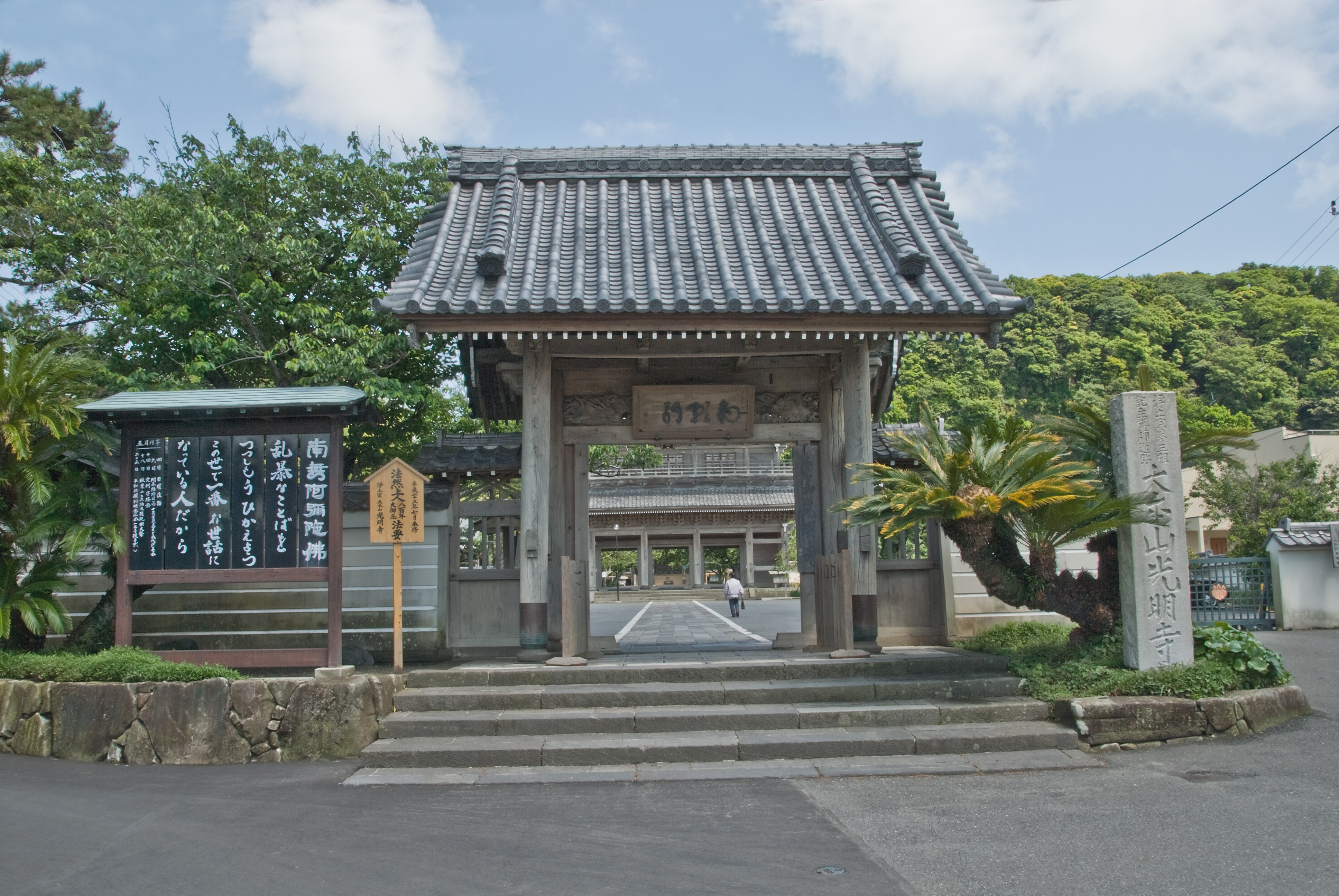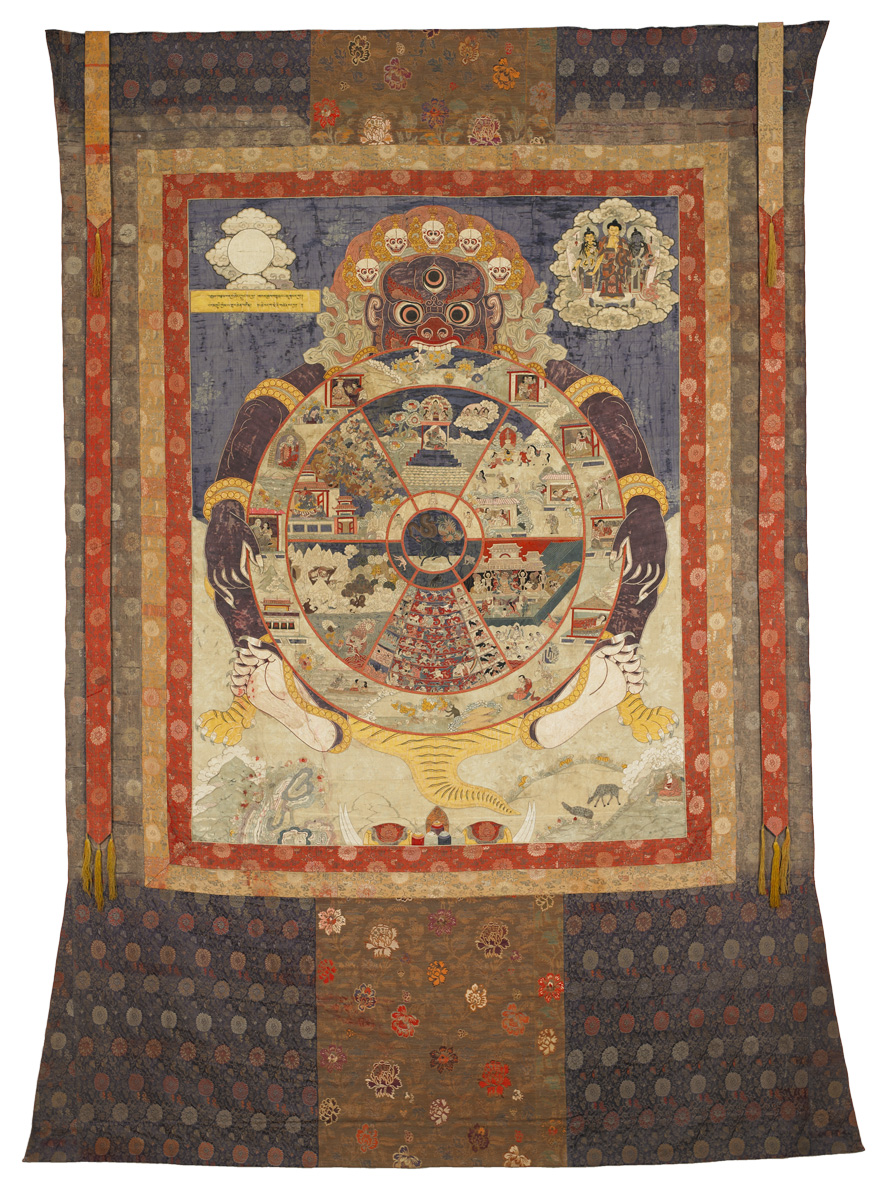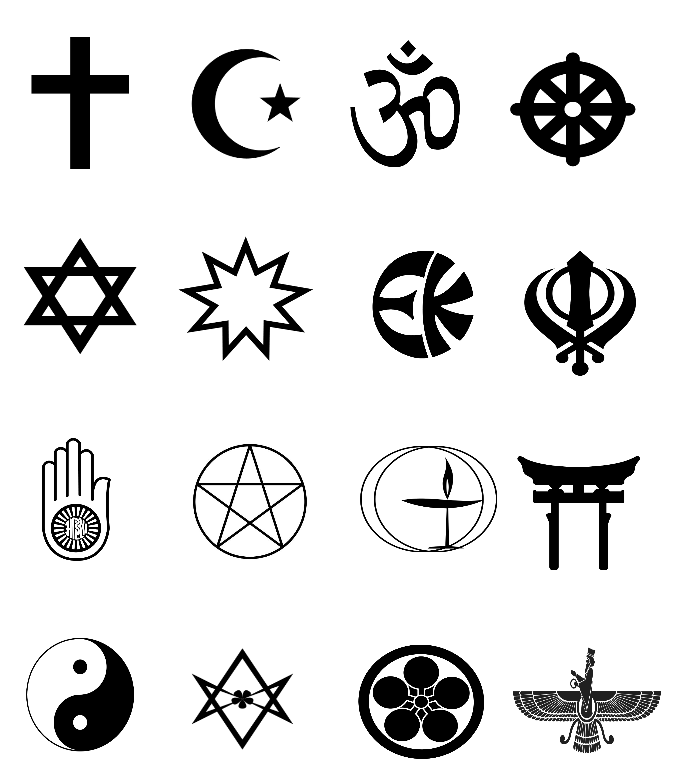|
Enkaku-ji (Okinawa)
was a Rinzai school, Rinzai Buddhist temple and royal ''bodaiji'' of the Ryūkyū Kingdom, in Naha, Okinawa Prefecture, Okinawa. The temple was erected during the reign of King Shō Shin (r. 1477–1526), the first Abbot (Buddhism), abbot being Kaiin Shōko (). It was also used as ''bodaiji'' of Ryukyuan kings. Ryukyuan kings would visit Enkaku-ji, Tennō-ji (Okinawa), Tennō-ji and Tenkai-ji after their ''genpuku'' and investiture. Enkaku-ji was recognized as a National Treasure (Japan), national treasure of Japan in 1933, but it was destroyed in the 1945 battle of Okinawa. Only the ''sōmon'' (general gate) and were reconstructed in 1968 because of lack of historical records. The government of Okinawa Prefecture began plans to reconstruct its ''sanmon'' in 2014. See also *Tennō-ji (Okinawa) *Tenkai-ji *Sōgen-ji References Buildings and structures completed in 1494 Religious buildings and structures completed in the 1490s Buddhist archaeological sites in Japan ... [...More Info...] [...Related Items...] OR: [Wikipedia] [Google] [Baidu] [Amazon] |
Sōmon
is the gate at the entrance of a Buddhist temple in Japan.Iwanami Japanese dictionary, 6th Edition (2008), DVD version It often precedes the bigger and more important ''sanmon A or is the most important mon of a Japanese Zen Buddhist temple, and is part of the Zen '' shichidō garan'', the group of buildings that forms the heart of a Zen Buddhist temple.JAANUS It can be often found in temples of other denominations ...''. References Gates in Japan Japanese architectural features Japanese Buddhist architecture {{Japan-Buddhist-temple-stub ... [...More Info...] [...Related Items...] OR: [Wikipedia] [Google] [Baidu] [Amazon] |
Kyūyō
is an official history of the Ryūkyū Kingdom compiled between 1743 and 1745 by a group of scholar-officials led by . Written in kanbun, and numbering twenty-two scrolls, a supplementary volume in three scrolls documents relations with Satsuma, while a separate volume known as is a compendium of one hundred and forty-two legends and folktales formerly transmitted orally. Later records continued to be added to the chronicle until 1876. The name, like for Nagasaki and for Satsuma, is likely a poetic invocation of "Ryūkyū". See also * List of Cultural Properties of Japan - writings (Okinawa) A list is a Set (mathematics), set of discrete items of information collected and set forth in some format for utility, entertainment, or other purposes. A list may be memorialized in any number of ways, including existing only in the mind of t ... References {{DEFAULTSORT:Kyuyo Japanese chronicles Ryukyu Kingdom Edo-period history books ... [...More Info...] [...Related Items...] OR: [Wikipedia] [Google] [Baidu] [Amazon] |
Buddhism In The Muromachi Period
Buddhism, also known as Buddhadharma and Dharmavinaya, is an Indian religion and List of philosophies, philosophical tradition based on Pre-sectarian Buddhism, teachings attributed to the Buddha, a wandering teacher who lived in the 6th or 5th century Before the Common Era, BCE. It is the Major religious groups, world's fourth-largest religion, with about 500 million followers, known as Buddhists, who comprise four percent of the global population. It arose in the eastern Gangetic plain as a movement in the 5th century BCE, and gradually spread throughout much of Asia. Buddhism has subsequently played a major role in Asian culture and spirituality, eventually spreading to Western world, the West in the 20th century. According to tradition, the Buddha instructed his followers in a path of bhavana, development which leads to Enlightenment in Buddhism, awakening and moksha, full liberation from ''Duḥkha, dukkha'' (). He regarded this path as a Middle Way between extremes su ... [...More Info...] [...Related Items...] OR: [Wikipedia] [Google] [Baidu] [Amazon] |
Buddhism In The Ryukyu Islands
Buddhism, also known as Buddhadharma and Dharmavinaya, is an Indian religion and philosophical tradition based on teachings attributed to the Buddha, a wandering teacher who lived in the 6th or 5th century BCE. It is the world's fourth-largest religion, with about 500 million followers, known as Buddhists, who comprise four percent of the global population. It arose in the eastern Gangetic plain as a movement in the 5th century BCE, and gradually spread throughout much of Asia. Buddhism has subsequently played a major role in Asian culture and spirituality, eventually spreading to the West in the 20th century. According to tradition, the Buddha instructed his followers in a path of development which leads to awakening and full liberation from '' dukkha'' (). He regarded this path as a Middle Way between extremes such as asceticism or sensual indulgence. Teaching that ''dukkha'' arises alongside attachment or clinging, the Buddha advised meditation practices and eth ... [...More Info...] [...Related Items...] OR: [Wikipedia] [Google] [Baidu] [Amazon] |
1945 Disestablishments In Japan
1945 marked the end of World War II, the fall of Nazi Germany, and the Empire of Japan. It is also the year Nazi concentration camps, concentration camps were liberated and the only year in which atomic weapons Atomic bombings of Hiroshima and Nagasaki, have been used in combat. Events World War II will be abbreviated as “WWII” January * January 1 – WWII: ** Nazi Germany, Germany begins Operation Bodenplatte, an attempt by the ''Luftwaffe'' to cripple Allies of World War II, Allied air forces in the Low Countries. ** Chenogne massacre: German prisoners are allegedly killed by American forces near the village of Chenogne, Belgium. * January 6 – WWII: A German offensive recaptures Esztergom, Kingdom of Hungary (1920–1946), Hungary from the Soviets. * January 9 – WWII: American and Australian troops land at Lingayen Gulf on western coast of the largest Philippine island of Luzon, occupied by Japan since 1942. * January 12 – WWII: The Soviet Union begins the Vis ... [...More Info...] [...Related Items...] OR: [Wikipedia] [Google] [Baidu] [Amazon] |
Buildings And Structures In Japan Destroyed During World War II
A building or edifice is an enclosed structure with a roof, walls and windows, usually standing permanently in one place, such as a house or factory. Buildings come in a variety of sizes, shapes, and functions, and have been adapted throughout history for numerous factors, from building materials available, to weather conditions, land prices, ground conditions, specific uses, prestige, and aesthetic reasons. To better understand the concept, see ''Nonbuilding structure'' for contrast. Buildings serve several societal needs – occupancy, primarily as shelter from weather, security, living space, privacy, to store belongings, and to comfortably live and work. A building as a shelter represents a physical separation of the human habitat (a place of comfort and safety) from the ''outside'' (a place that may be harsh and harmful at times). buildings have been objects or canvasses of much artistic expression. In recent years, interest in sustainable planning and building practi ... [...More Info...] [...Related Items...] OR: [Wikipedia] [Google] [Baidu] [Amazon] |
Buddhist Temples In Okinawa Prefecture
Buddhism, also known as Buddhadharma and Dharmavinaya, is an Indian religion and List of philosophies, philosophical tradition based on Pre-sectarian Buddhism, teachings attributed to the Buddha, a wandering teacher who lived in the 6th or 5th century Before the Common Era, BCE. It is the Major religious groups, world's fourth-largest religion, with about 500 million followers, known as Buddhists, who comprise four percent of the global population. It arose in the eastern Gangetic plain as a movement in the 5th century BCE, and gradually spread throughout much of Asia. Buddhism has subsequently played a major role in Asian culture and spirituality, eventually spreading to Western world, the West in the 20th century. According to tradition, the Buddha instructed his followers in a path of bhavana, development which leads to Enlightenment in Buddhism, awakening and moksha, full liberation from ''Duḥkha, dukkha'' (). He regarded this path as a Middle Way between extremes su ... [...More Info...] [...Related Items...] OR: [Wikipedia] [Google] [Baidu] [Amazon] |
Religious Buildings And Structures Completed In The 1490s
Religion is a range of social-cultural systems, including designated behaviors and practices, morals, beliefs, worldviews, texts, sanctified places, prophecies, ethics, or organizations, that generally relate humanity to supernatural, transcendental, and spiritual elements—although there is no scholarly consensus over what precisely constitutes a religion. It is an essentially contested concept. Different religions may or may not contain various elements ranging from the divine, sacredness, faith,Tillich, P. (1957) ''Dynamics of faith''. Harper Perennial; (p. 1). and a supernatural being or beings. The origin of religious belief is an open question, with possible explanations including awareness of individual death, a sense of community, and dreams. Religions have sacred histories, narratives, and mythologies, preserved in oral traditions, sacred texts, symbols, and holy places, that may attempt to explain the origin of life, the universe, and other phenomena. Religious pra ... [...More Info...] [...Related Items...] OR: [Wikipedia] [Google] [Baidu] [Amazon] |
Buildings And Structures Completed In 1494
A building or edifice is an enclosed structure with a roof, walls and windows, usually standing permanently in one place, such as a house or factory. Buildings come in a variety of sizes, shapes, and functions, and have been adapted throughout history for numerous factors, from building materials available, to weather conditions, land prices, ground conditions, specific uses, prestige, and aesthetic reasons. To better understand the concept, see ''Nonbuilding structure'' for contrast. Buildings serve several societal needs – occupancy, primarily as shelter from weather, security, living space, privacy, to store belongings, and to comfortably live and work. A building as a shelter represents a physical separation of the human habitat (a place of comfort and safety) from the ''outside'' (a place that may be harsh and harmful at times). buildings have been objects or canvasses of much artistic expression. In recent years, interest in sustainable planning and building pr ... [...More Info...] [...Related Items...] OR: [Wikipedia] [Google] [Baidu] [Amazon] |
Sōgen-ji
was a Buddhist temple and royal mausoleum of the Ryūkyū Kingdom, located in Naha, Okinawa. It was erected during the reign of King Shō Shin (r. 1477–1526), and destroyed in the 1945 battle of Okinawa. In 1496, memorial tablets representing the kings of the Ryūkyū Kingdom were installed in the temple, establishing it as a royal mausoleum. Anyone entering the temple grounds, including the king himself, had to dismount and enter the temple on foot out of respect for the prior sovereigns. The temple grounds were expanded at this time as well, with the construction of the massive stone gates and walls which remain today. Though these royal memorial tablets continued to be enshrined in the Sōgen-ji for many centuries, beginning in 1521, the actual royal remains were entombed in the Tamaudun mausoleum completed that year a short distance from Shuri Castle. In the early years, spirit tablet of three royalties were placed here: Shō Shoku (), father of King Shō En; Shō Kyū () ... [...More Info...] [...Related Items...] OR: [Wikipedia] [Google] [Baidu] [Amazon] |
Okinawa Times
The is a local newspaper based in Okinawa Prefecture, Japan. The company has its registered headquarters in Naha. The newspaper is one of the two major dailies in Okinawa, the other being Ryukyu Shimpo. In 2015 the editor in chief was Kazuhiko Taketomi. See also * Media of Japan The mass media in Japan include numerous television and radio networks as well as newspapers and magazines in Japan. For the most part, television networks were established based on capital investments by existing radio networks. Variety shows ... References External links Official website(in Japanese) ''Okinawa Times'' English News(in English) 1948 establishments in Japan Asahi Shimbun Company Companies based in Okinawa Prefecture Mass media in Okinawa Prefecture Daily newspapers published in Japan Newspapers established in 1948 {{Japan-newspaper-stub ... [...More Info...] [...Related Items...] OR: [Wikipedia] [Google] [Baidu] [Amazon] |







